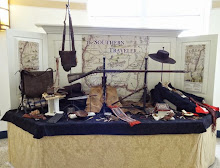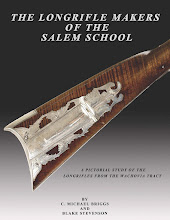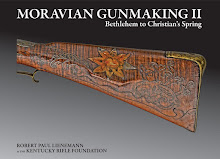On Wednesday, July 1, a replica of the Hermione, the three-masted, 32-gun frigate that carried Lafayette to America in 1780 with news of his king’s military support for the Americans, docked at the South Street Seaport. More than two centuries later, the crowds were smaller but the scene was still clangorous. After passing Governors Island, the Hermione sent a round of cannon blasts echoing off the buildings of Lower Manhattan before gliding into port.
The Hermione (its French pronunciation is AIR-mee-un) — built in Rochefort, France, and hardly the worse for wear after a 31-day Atlantic crossing — will be open for tours through Friday, after which it will resume its 12-stop itinerary north along the East Coast.
Marie-Joseph Paul Yves Roch Gilbert du Motier de Lafayette, a staggeringly wealthy provincial aristocrat who had married into one of France’s grandest families, was 19 when he first landed in America, in 1777, having sailed across the ocean on his own dime to support the Revolution, in defiance of Louis XVI. He became a major general and something of an adopted son to Washington. After fighting at the Battles of Brandywine (where he was wounded) and Rhode Island, he returned to France, where he persuaded the king to lend troops to the American cause.
A show at the New York Historical Society, "Lafayette's Return: The 'Boy General,' the American Revolution and the Hermione," on view through Aug. 16, offers a more personal version, complete with objects from La Grange, Lafayette’s estate, that had not previously left France, including the still bright-red leather briefcase he carried to America and his souvenir locks of hair from George Washington and Thomas Jefferson.
While passed over as commander in favor of Rochambeau, Lafayette was sent ahead on the Hermione in May 1780 to personally inform Washington that a half-dozen ships and some 5,000 French troops were on their way. That support helped turn the tide of the Revolution.
Yann Cariou, right, the captain.
The Hermione project, which began in 1993, was the brainchild of Erik Orsenna, a French author, and Benedict Donnelly, a Frenchman born to a Parisian mother and an American officer who landed in Normandy in 1944. The drawings for the original ship had been lost, so shipbuilders in Rochefort, on the west coast of France, worked from those of a sister ship held in British Admiralty archives.
The hull and masts were constructed from 2,000 French oaks. Each stitch in the 19 linen sails was sewn by a single sailmaker, and rigged by a team from Sweden. In all, the project involved about 400,000 wood and traditionally forged metal parts. “It’s completely mad to build an 18th-century frigate with this kind of almost religious authenticity,” Mr. Young said.































No comments:
Post a Comment
Note: Only a member of this blog may post a comment.